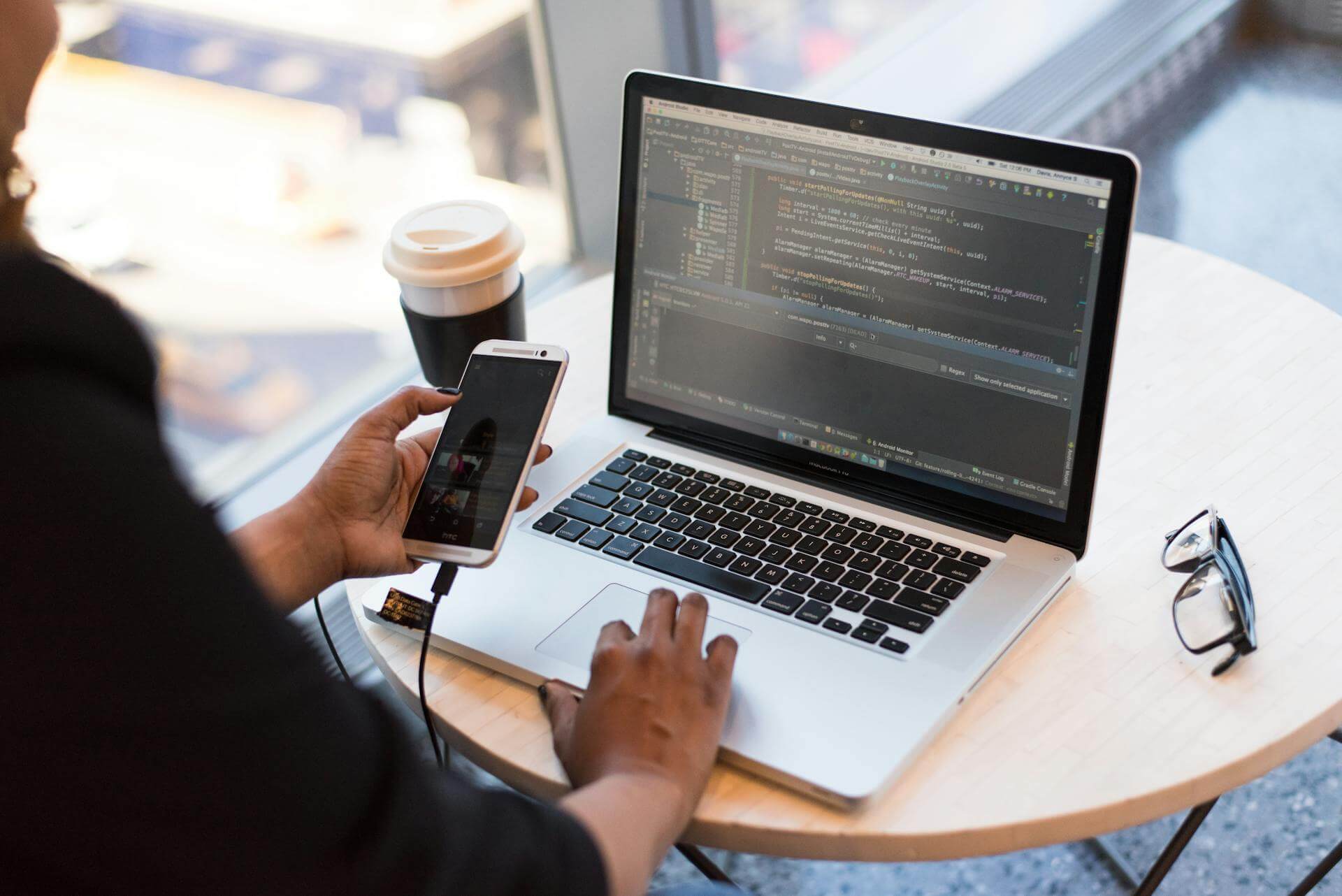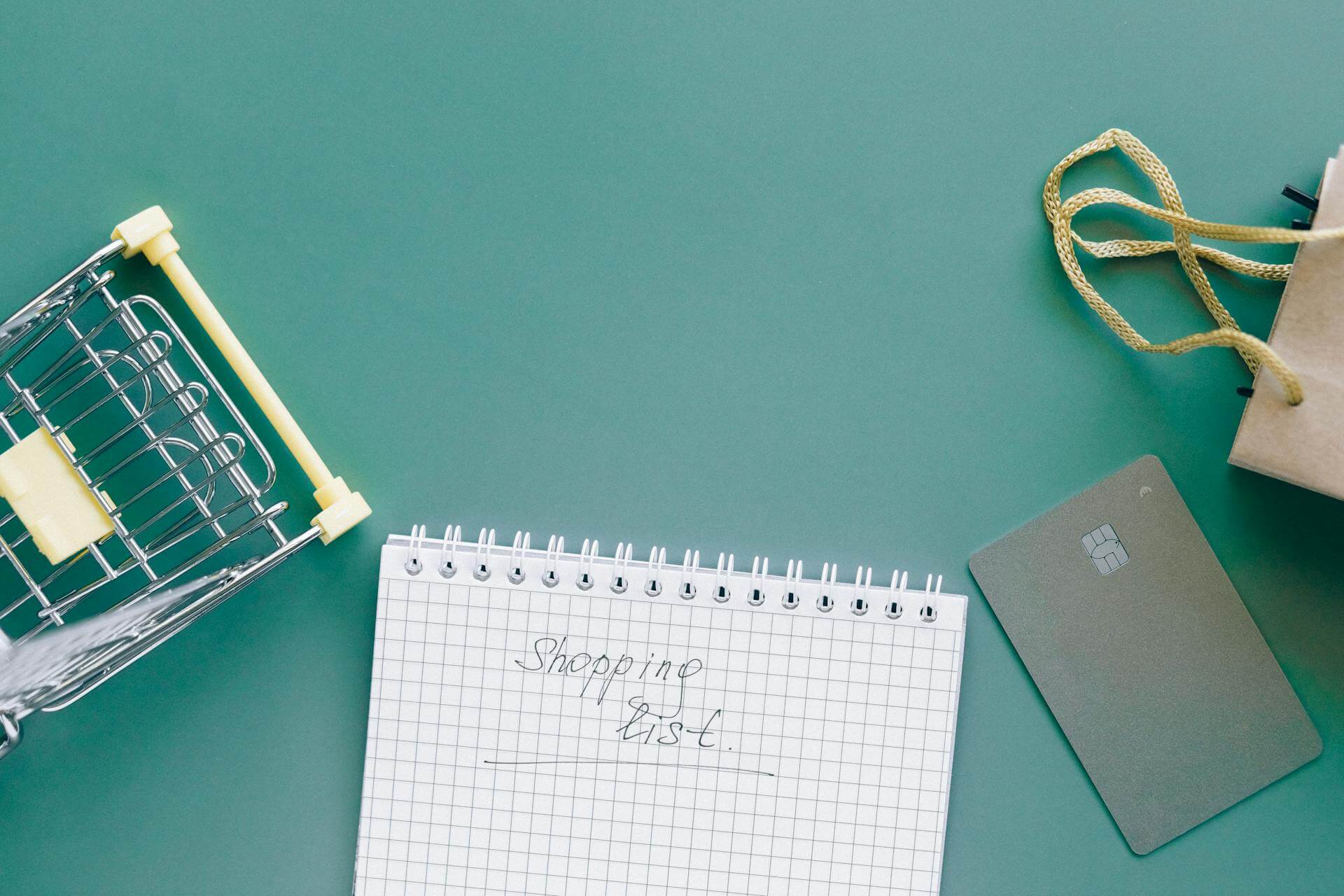Even the most minute details of your store’s design are crucial to ensure your shoppers stay on your store and convert into customers. Enhancing and optimizing your Shopify store’s design based on feedback and data can help you ensure you maximize your conversions.
In this blog, we want to help you find the biggest mistakes merchants usually make with their store design and help you set up a Shopify store that provides a positive shopping experience and makes shoppers return to the store.
Your store's design also includes your branding, including the store logo. You can read more about designing your store logo and add more personality to your brand on the Shopify blog.
8 Best Practices To Improve Your Shopify Store’s Design
1. Implement a smart pop-up strategy
You must ensure that your store experience is delightful for your shoppers, not annoying. In many cases, store visitors who first land on an online store are bombarded by 2 pop-ups, asking for different permissions to get the visitor to subscribe or redeem a discount code. This makes shoppers instantly put off by the store and they end up not subscribing and even leaving the store quickly.
Don’t overwhelm the shopper as soon as they land on your store. That doesn’t mean you should have a pop-up on your Shopify store! You just need to play it smart. Here’s how we recommend you go about implementing a pop-up:
- Choose one pop-up/ highlighting message to show. Whether it’s a spin wheel or a subscription box, or a web push opt-in, pick one pop-up to show your store visitors. We recommend using Privy to enable a well-designed pop-up.
- Make it the best pop-up you show so that it converts better. Optimize its copy, tempt them with a sweet deal, and make your offer so good, they can’t miss it.
- Show the pop-up 5 to 10 seconds after the shopper lands on the store. This way, the shopper has time to check out your store before making a commitment.
2. Use color to highlight details
You’d be surprised how large a part the aesthetics of your store play in converting shoppers. 42% of shoppers form an opinion of a website based on its design, including color scheme. What’s more, 52% of shoppers do not visit a website again if they don’t like its aesthetics.
Color plays a large part and by not taking care of how you use color on your website, you won’t be able to capture shopper interest. Here are a few ways to do it:
- Use your brand colors to highlight specific parts of your store that you want to bring attention to. As you can see on Edward Avedis Fine Jewelry’s product pages, we used gold to highlight important details like the button and product customization options so that shoppers know what to focus on.
- Use green for buttons like ‘Add to cart’ and ‘Checkout’ since the color is associated with positivity.
- Don’t clutter your store with too many colors, stick to a few, and keep it minimal.
- If you are using a lot of colors, ensure it isn’t overwhelming. Rowing Blazers has a base color of creme with pops of color across their store, showing off their whimsical brand personality.
3. Add high-quality product images
Your product images are the only reference point available to your shoppers. That’s why they need to be well-shot, high-quality, and photographed within context. A grainy product image or one where the product looks out of shape and of poor quality will put your shoppers off.
Owen’s Craft Mixers’s product pages have a pop of color from their images and the images are shown in context— with fruits in the background and a glass with the drink served. Which shopper can resist this?!
4. Structure your menu navigation better
Your menu navigation should never be cluttered. Too often, stores have a cluttered menubar, with multiple dropdowns. This provides an inconvenient experience for shoppers who are looking for specific product categories. Instead, your menu navigation should show the most important wider categories and one more dropdown with nested categories.
Edward Avedis Fine Jewelry’s menu navigation is simple but shows all the wider categories that shoppers would be looking for when shopping from them.
You can also do a larger dropdown that looks like a page. Here’s how H&M does it. They’ve made it easier for their shoppers to look for exactly what they want. Such a dropdown is best if you have a large inventory of products.
5. Design striking header and section images
Your storefront must be designed to leave store visitors feeling positive emotions. Whether it’s a fun storefront like Innocent Drinks or gorgeous storefronts like Miguelina. Add new product images or bestsellers as featured images within specific sections to provide an editorial look.
Miguelina’s products are made with top fabrics and we designed their store in such a way that their storefront showcased the finer details of their products with stunning images.
6. Enable product ratings
You need to show your shoppers why your products are better than your competitors. This is where product reviews help. 77% of customers read product reviews before making a purchase. You can cater to this need that your customers have, letting them know about your product quality and what others have to say about it. Collect reviews from past customers and display them on product pages, storefront, and even cart page. Ratings
Island Tribe showcased their testimonials on their storefront to let store visitors know about their high quality and create a great first impression.
7. Ensure it looks great on mobile
Consumers are finding stores to shop from on their mobile. With a majority of internet users accessing apps, social media, and websites on their smartphones, it’s crucial for merchants to optimize their site for mobile. In fact, by 2021, mobile is predicted to dominate online sales, driving 54% (or $659 billion) in sales.
Not optimizing your store for mobile shoppers can cost you new shoppers and potential sales. Users who have a negative experience in your mobile store are 62% less likely to purchase from you in the future.
Optimize your store for mobile by testing your website on different mobile devices. You can check for these common issues:
- Buttons should not be misaligned or look odd.
- ‘Add to cart’ button on product pages should be above the fold.
- The menu section should not take half the page.
- Images should not get cut off on the page.
- Any text should be readable and images should not be too small.
Rowing Blazers has a very bold store design and we ensured that it is reflected even for mobile shoppers, ensuring positive experiences regardless of device.
8. Add video
If you want to make your store more interactive, videos are a great way to make your store visitors stop scrolling to look at your products. In fact, a video on your landing page can boost your conversion rate by up to 80%.
You can create a brand awareness video, showcasing your products and giving store visitors a great first impression. This video can be embedded in the first header of the page and the video can be set to autoplay as soon as the page is opened.
On Sans Faff’s storefront, visitors are greeted with a calm and aesthetic video showing their products and their relaxed vibe.
Keep your Shopify store’s design memorable!
Besides these 8 best practices, there are many more steps you need to take to make your store stand out. Your store design is a top priority in ensuring your visitors stay on your store and end up purchasing from you.
Well, that’s why we’re here.
The XgenTech team focuses on understanding what your brand is about and helps you design a store that is customized to reflect your personality, making your store visitors fall in love with your brand.
Need help? Reach out to us on info@xgentech.net.




